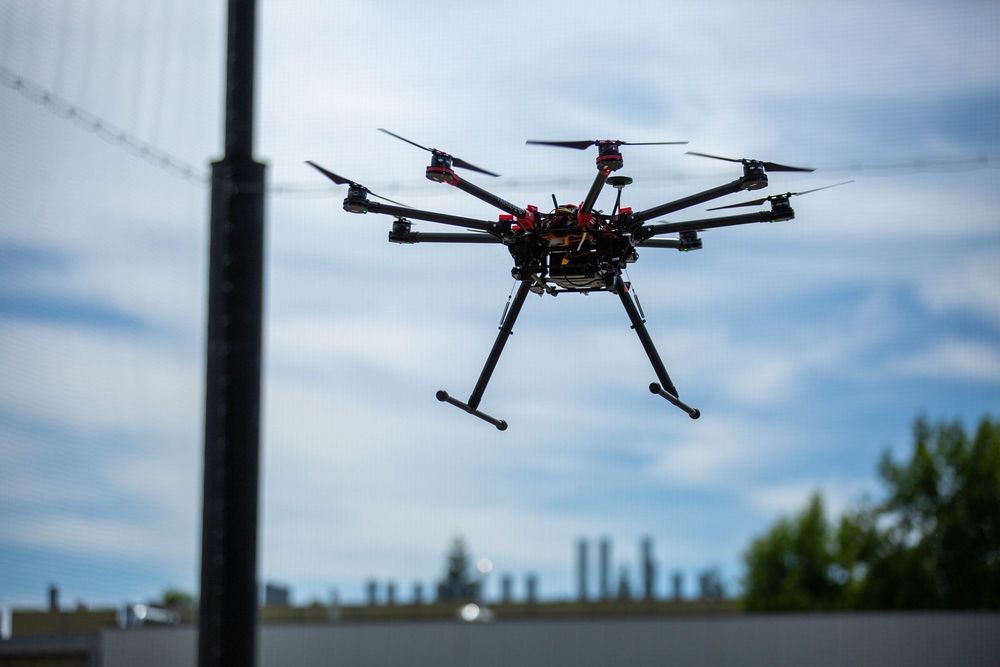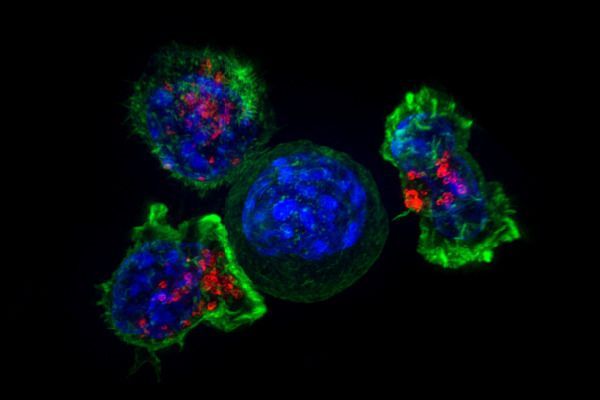Judges are far from being infallible. For example, in psychologist Daniel Kahneman’s book Thinking Fast and Slow, it was shown that there is a correlation between the leniency of a judge in court, and how recently they had eaten lunch.
Is there a way to get around this problem? According to China and Estonia, AI should be the judge — literally.
RELATED: A NEW AI TOOL CAN HELP US FIGHT AI-WRITTEN FAKE NEWS AND REVIEWS









